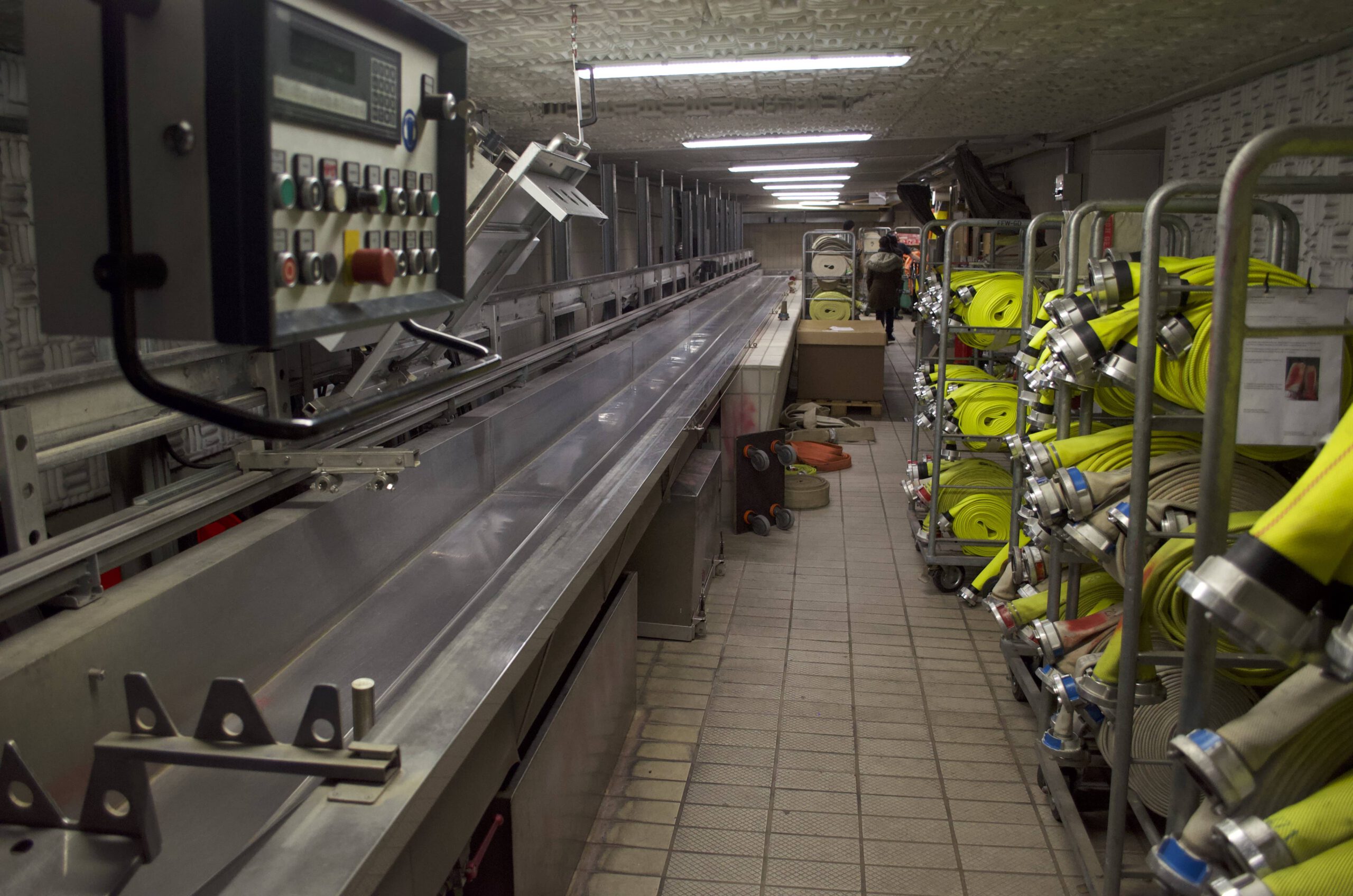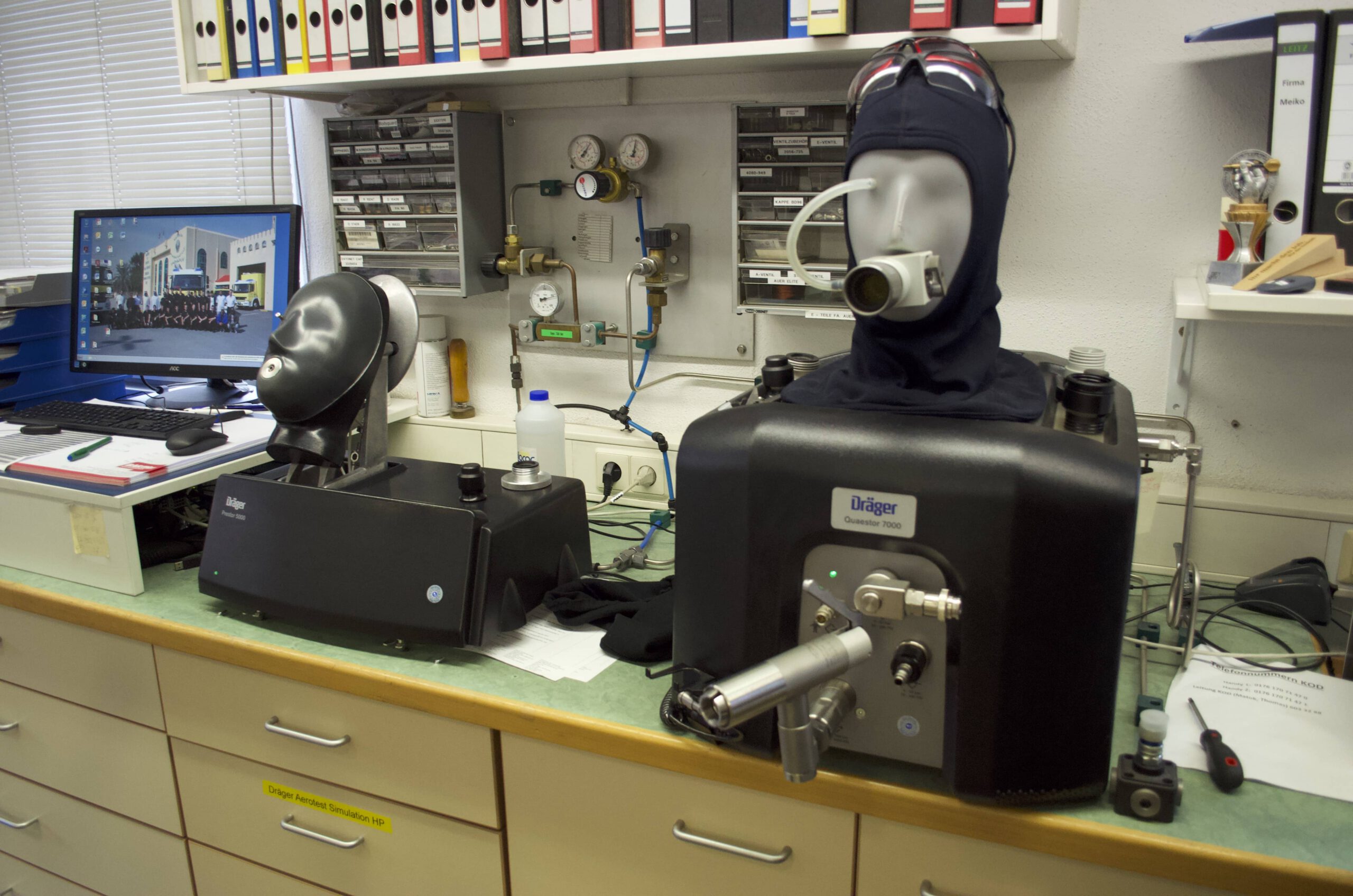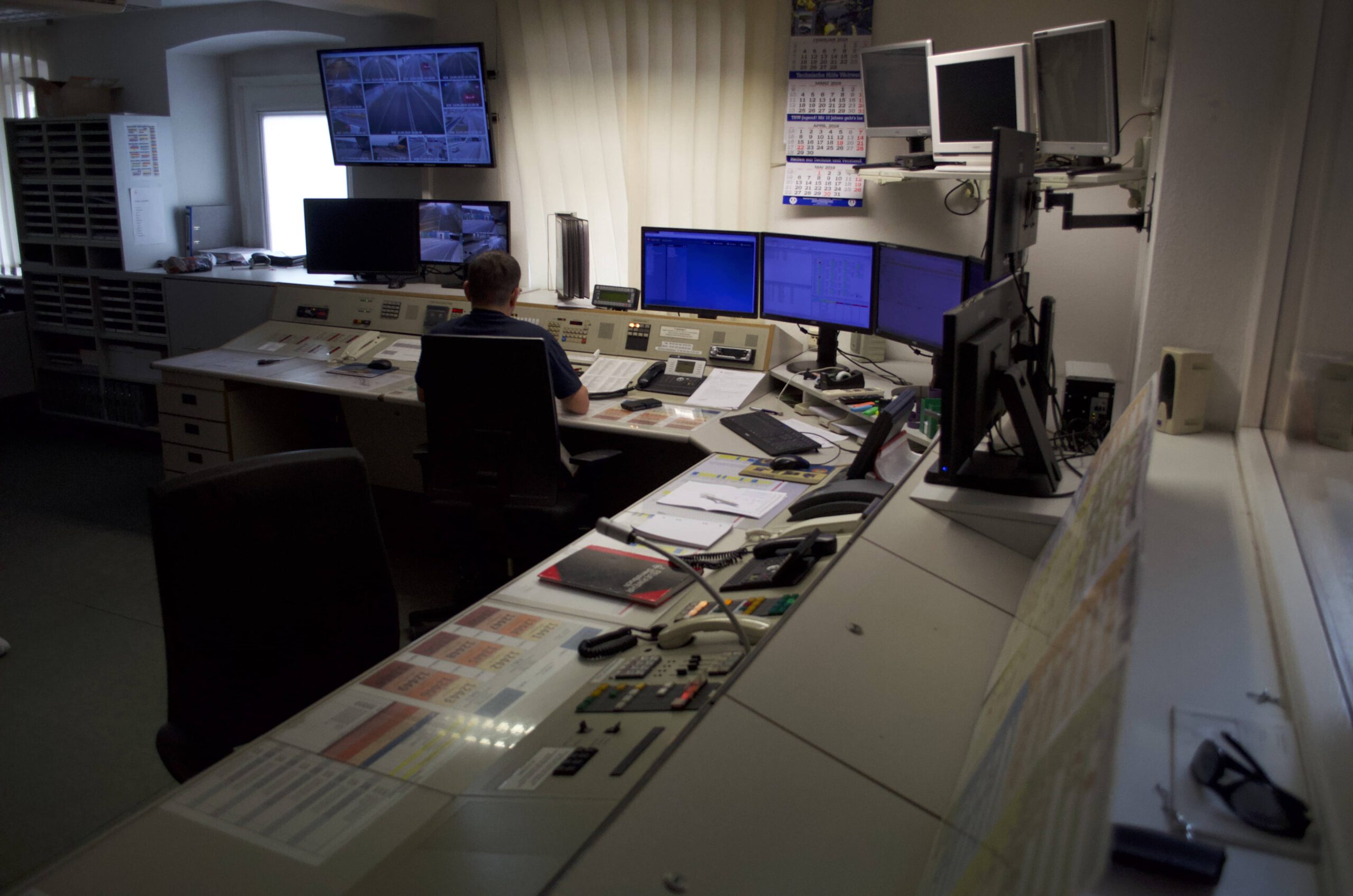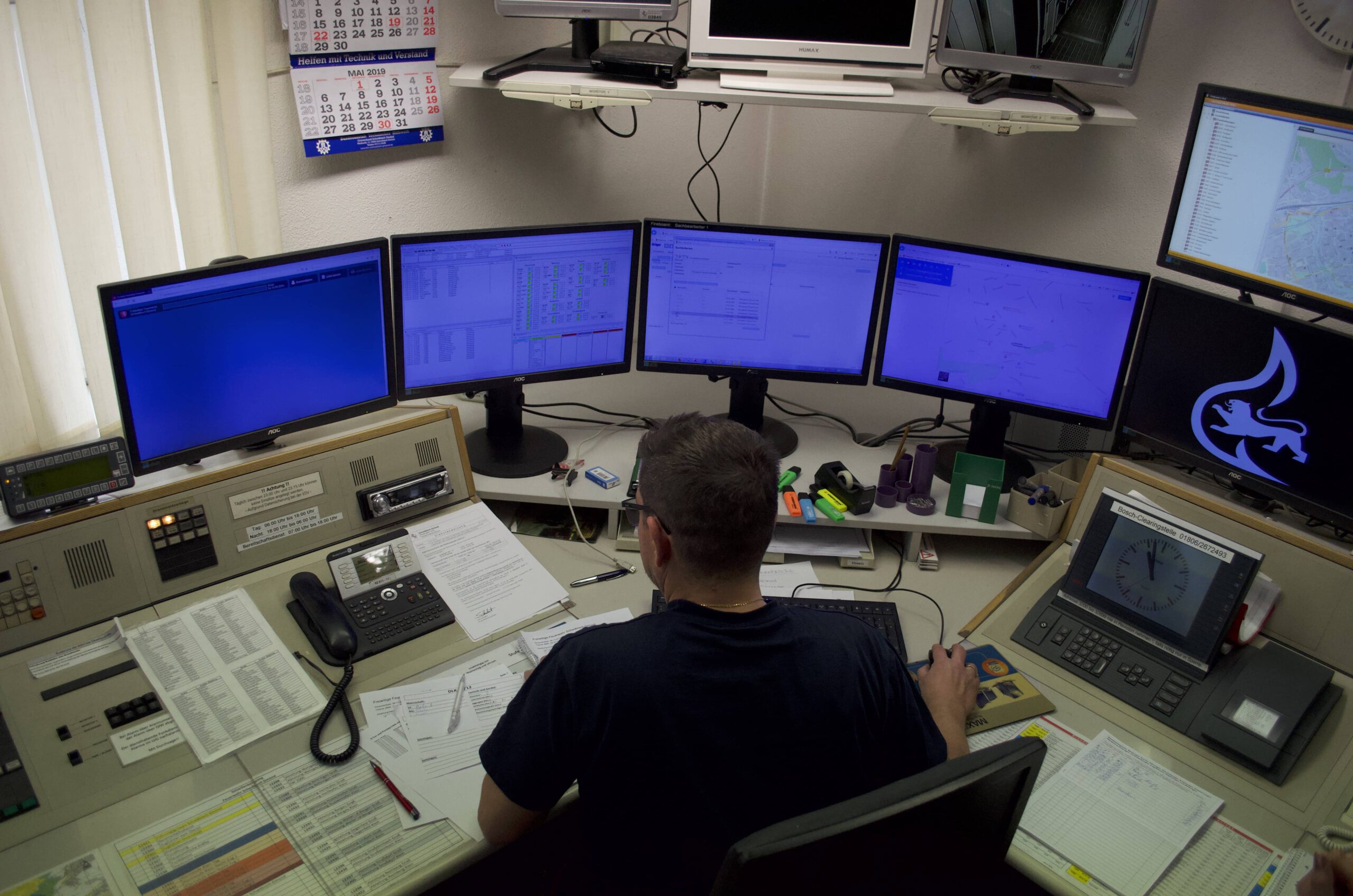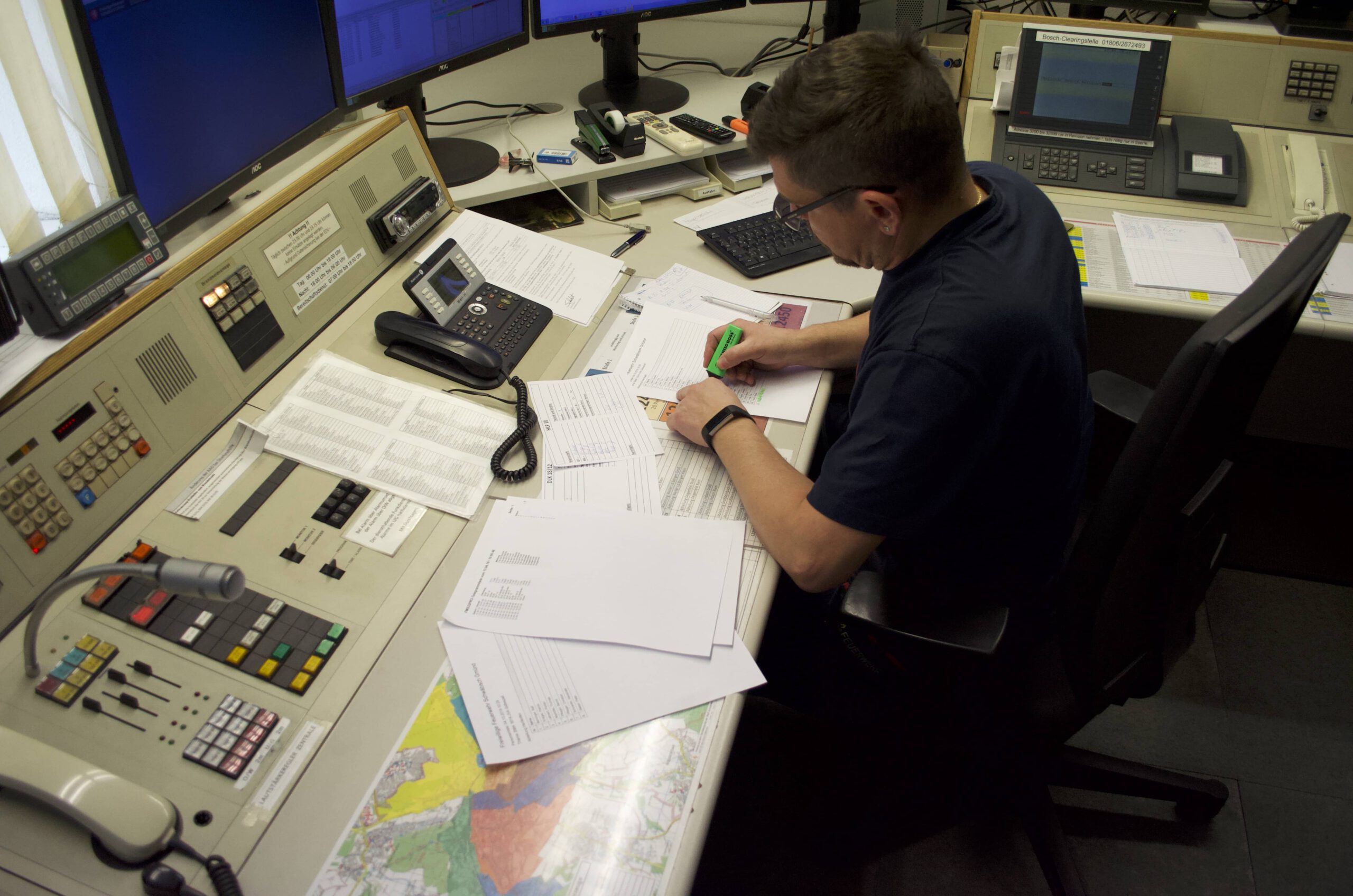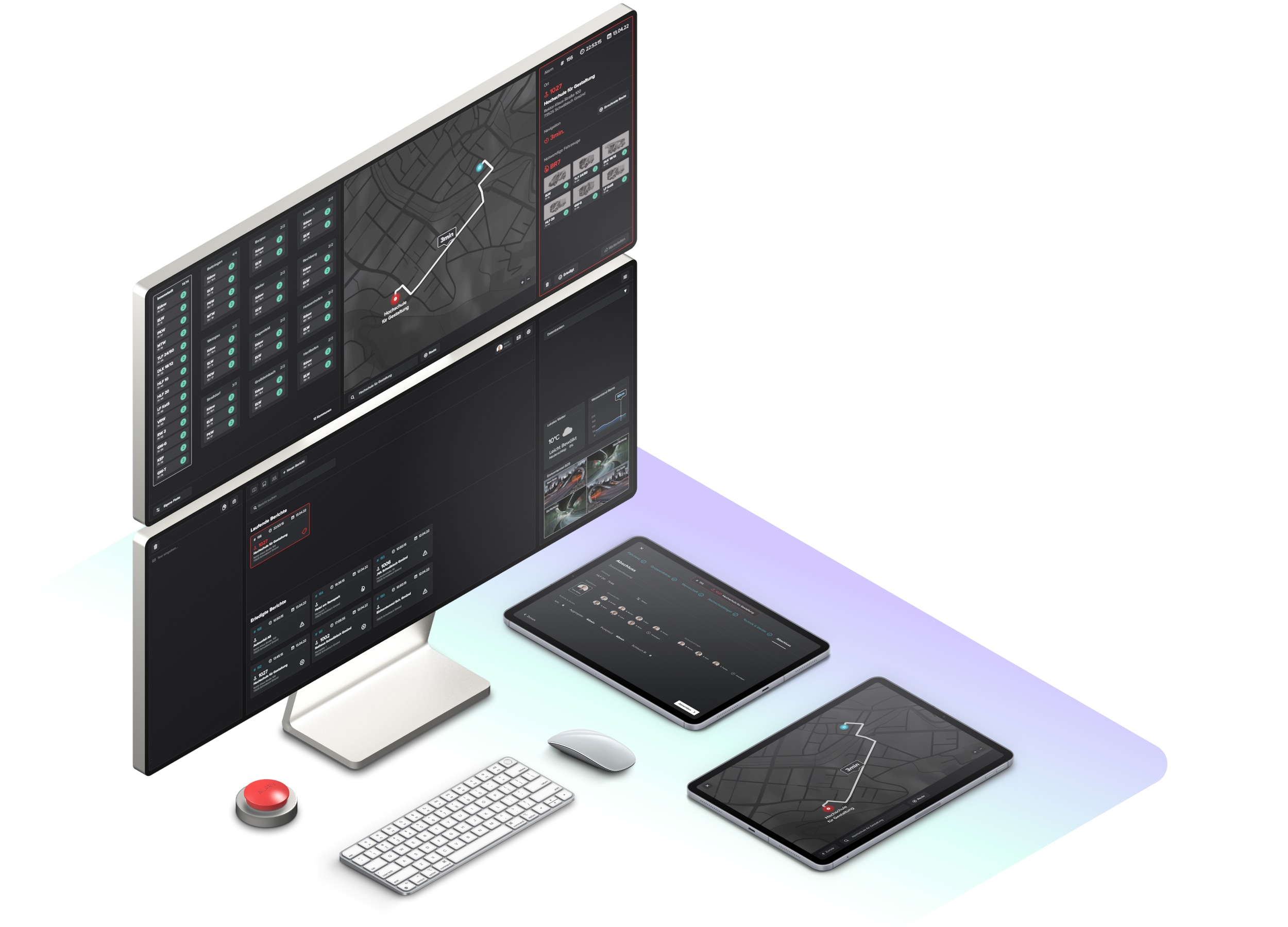
FireOPS.
FireOPS.
FireOPS.
FireOPS.
FireOPS.
2019
Frame
University Project
Inventiondesign I
Personal role
Research, Concept,
UI/UX Design
Contributors
Saba Mayer
Jannis Wäder
Summary
FireOPS is a operations centre for firefighters, which is used for operation monitoring, coordinating forces and for subsequent logging.
FireOPS is a operations centre for firefighters, which is used for operation monitoring, coordinating forces and for subsequent logging.
FireOPS is a operations centre for firefighters, which is used for operation monitoring, coordinating forces and for subsequent logging.
FireOPS is a operations centre for firefighters, which is used for operation monitoring, coordinating forces and for subsequent logging.
Problem
The operations centre is used to monitor an operation, the coordination of forces and for subsequent logging. The protocol is used to protect the fire brigade if the police or an insurance company want to monitor the progress of the operation.
The operations centre is used to monitor an operation, the coordination of forces and for subsequent logging. The protocol is used to protect the fire brigade if the police or an insurance company want to monitor the progress of the operation.
Info: There is an older version of the interface shown in the video.
Project context.
The daily life of a firefighter!
.work environment
Changing tasks
Changing tasks
If the fire alarm system reports an alarm, a firefighter in the building must enter the control centre as soon as possible to forward the alarm, obtain information about the alarm and take notes. This has to be done within a few minutes. The person in the control centre has to switch from the manual, analogue workstation to the digital one as quickly as possible.
If the fire alarm system reports an alarm, a firefighter in the building must enter the control centre as soon as possible to forward the alarm, obtain information about the alarm and take notes. This has to be done within a few minutes. The person in the control centre has to switch from the manual, analogue workstation to the digital one as quickly as possible.
.digital workstation
Software
Software
Currently, five independently running programs are used in the operations centre, in which it is difficult to find one's way around. 1-list of persons, 2-radio call & vehicle protocol, 3-documentation, 4-map & navigation, 5-Alarm status. In general, the programs are poorly designed. The font sizes are much too small. Icons and pictures are hardly used. Buttons are not arranged logically. Small distances between the content causes confusion. A lot of white space is used, which is bad for the eyes in a dark room.
Currently, five independently running programs are used in the operations centre, in which it is difficult to find one's way around. 1-list of persons, 2-radio call & vehicle protocol, 3-documentation, 4-map & navigation, 5-Alarm status. In general, the programs are poorly designed. The font sizes are much too small. Icons and pictures are hardly used. Buttons are not arranged logically. Small distances between the content causes confusion. A lot of white space is used, which is bad for the eyes in a dark room.
Hardware
The current workplace is overcrowded with screens, extremely dark and far too large for the person in charge. In addition, there is a constant change between taking notes with pen and paper, radio contact and digital logging of the confusing software. Likewise, after each operation, every vehicle and its crew must fill in a sheet which then has to be manually transferred into the system by hand.

The new
operating system.
Revision of the workstation!
Thats new!
- To provide a more ergonomic workstation and to make it possible to have everything important at glance, there are now only two widescreen monitors arranged one above the other.
- The workstation now includes a software, that combines all five programs into one user interface.
- Additionally the manual protocol sheet was digitalised into an mobile version.
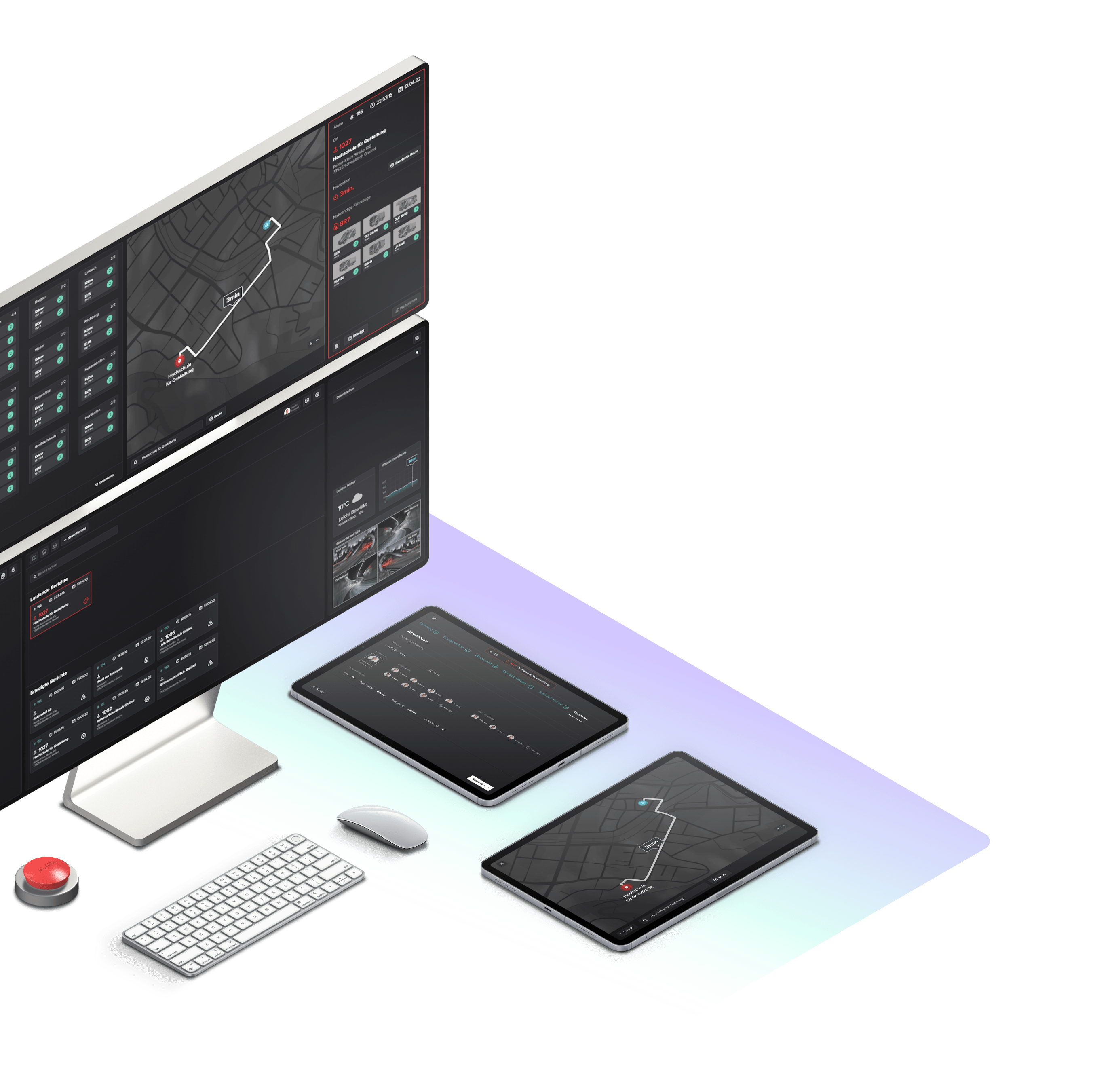
.screen partition
Top screen
The upper screen acts as an informative level with which you are not really interacting. It shows the following areas. The first area is the vehicle status, the second area shows the protocol, the third area the map plus navigation and the fourth the alarm status.
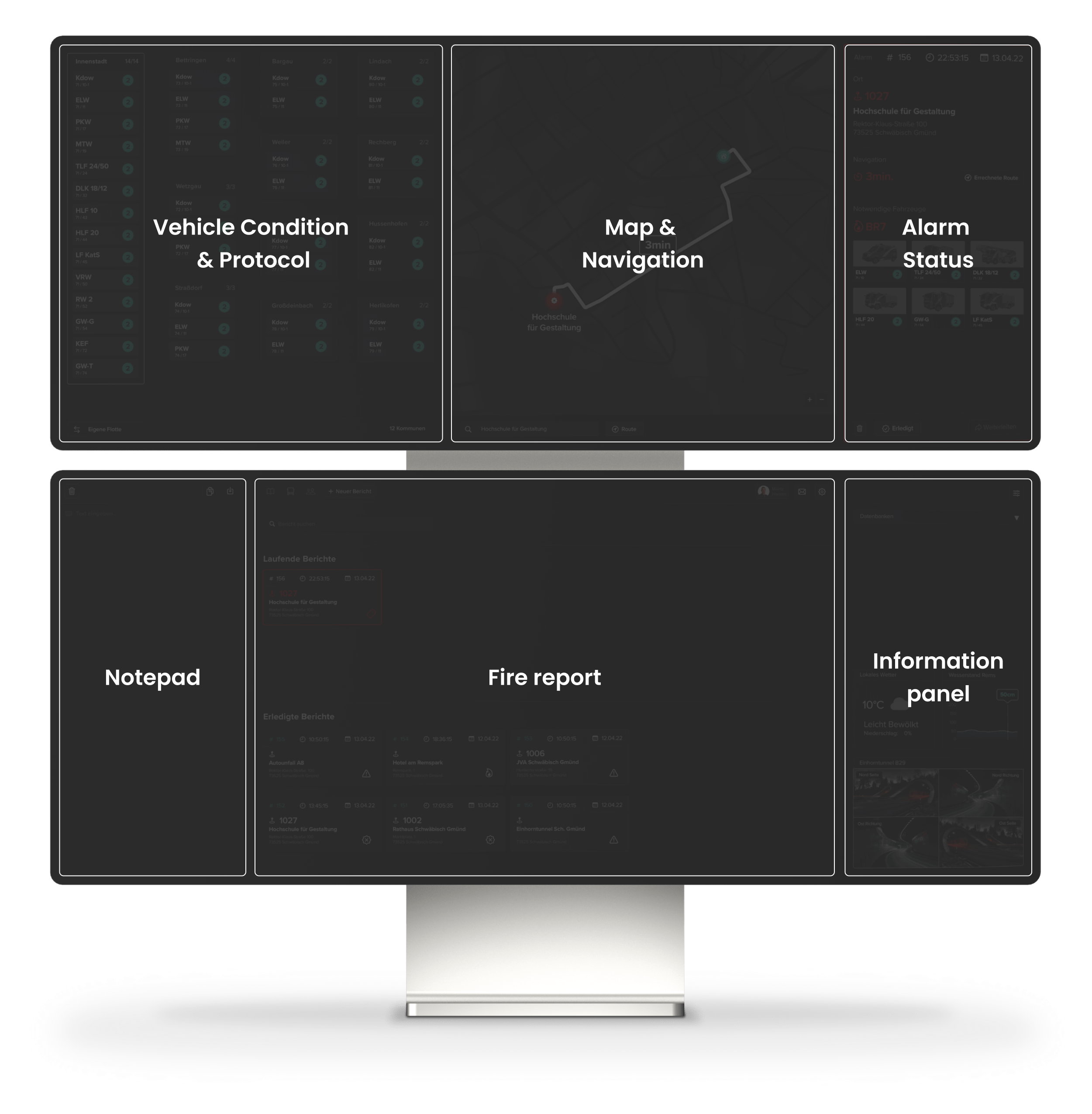
Lower screen
The lower screen, which represents the actual interaction and work area, contains a field for notes, the main area of the documentation and finally the alarm support.
Workflow.
How the new system works!
.top screen
Vehicle condition
This area shows all vehicles of the own fleet, as well as the fleet of all surrounding communities. You can switch between your own fleet and having an overview of all vehicles.
In addition, the vehicle status is displayed next to the vehicle type. Status one indicates that the vehicle is out of service or being serviced. Status two indicates that the vehicle is ready for use at the station. Status three is activated when the vehicle is on its way to the operation site or on its way back. When the vehicle arrives at the scene, status four is activated.
Process Protocol
This area logs the individual changes of the vehicles and assigns them to the respective case. In addition, all radio calls are logged and also assigned to the correct case. The third menu contains the overview of all received protocols of the individual vehicles, which are now sent to the new system per tablet to the system in the operations centre.
Navigation
The navigation is used to calculate classic routes to the accident location. New in our system is now that you can send the route to any tablet of the respective vehicles so that it no longer needs to be printed.
Alarm status
In the new system, each incoming alarm is displayed on the upper screen. Information such as the location, the corresponding danger level and the corresponding disengagement order are displayed. In addition to an active alarm, it is also possible to call up an overview of all alarms simultaneously in the case of several alarms.
.lower screen
Take Notes
The notes area is a classic field for notes that are important for the documentation after an assignment is over. Since you no longer have to make notes with pen and paper, you can copy your notes to the documentation area immediately.
Fire Report
The main interaction area contains five main menus: Report, vehicle database, personnel database, mailbox and settings. For the documentation you can choose between four different types of reports. After selecting a report type you will be guided step by step through the documentation. The biggest novelty in logging is the possibility to import the main part of the log from the recorded cases.
Alarm Support
The alarm support includes a hazardous substance database, rescue guides, fire alarm system overview. In addition, the weather and the water level of the surrounding rivers are displayed. You can also view map materials, contact details, and the list of people currently working.


Mobile version.
Saves important time!
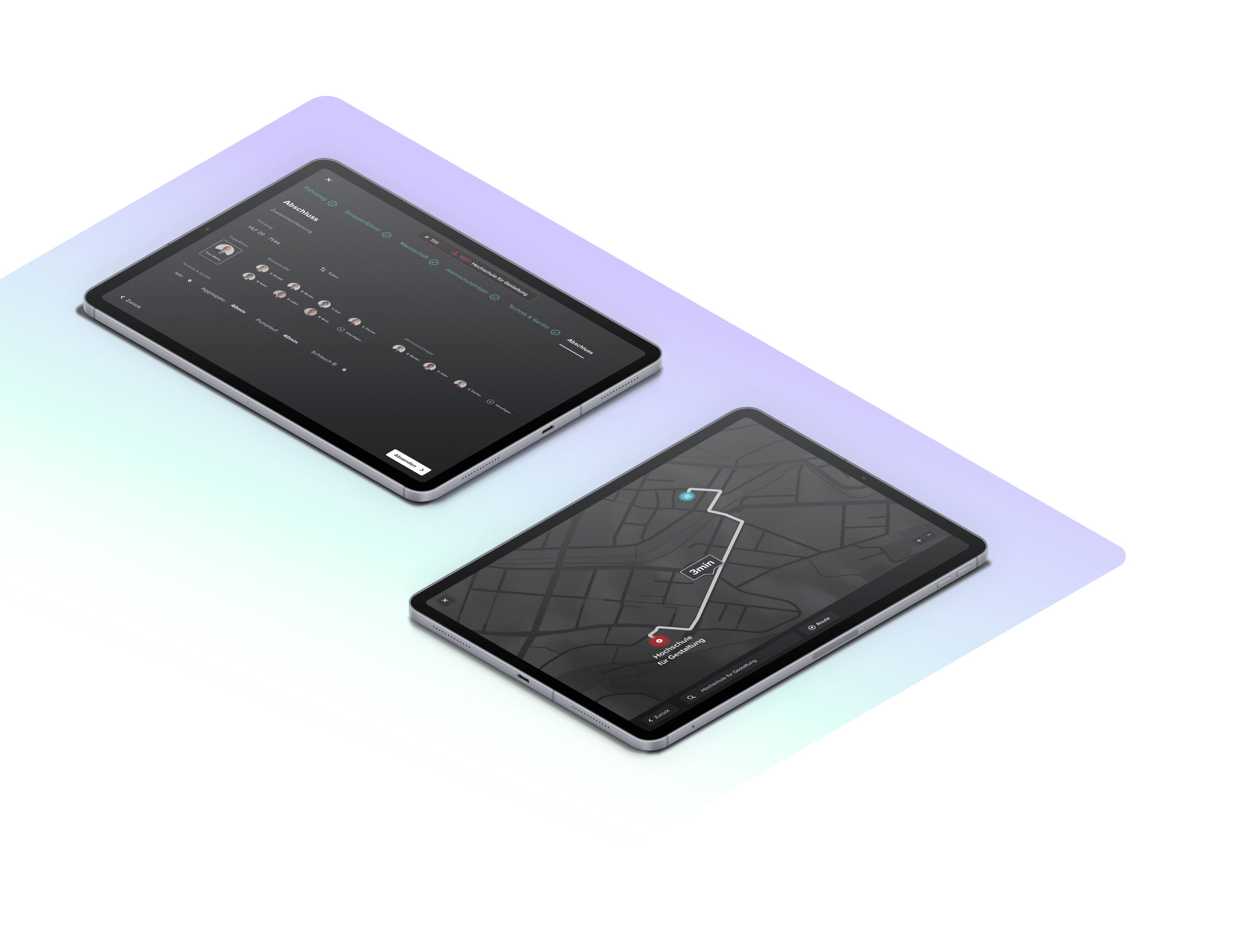
.digitalisation
The old protocol sheet
This form is completed by each driver of a vehicle after completion of an assignment. It contains a list of the crew of the vehicle, as well as the equipment used and other remarks. The form is handed in at the operations centre and digitalised there.
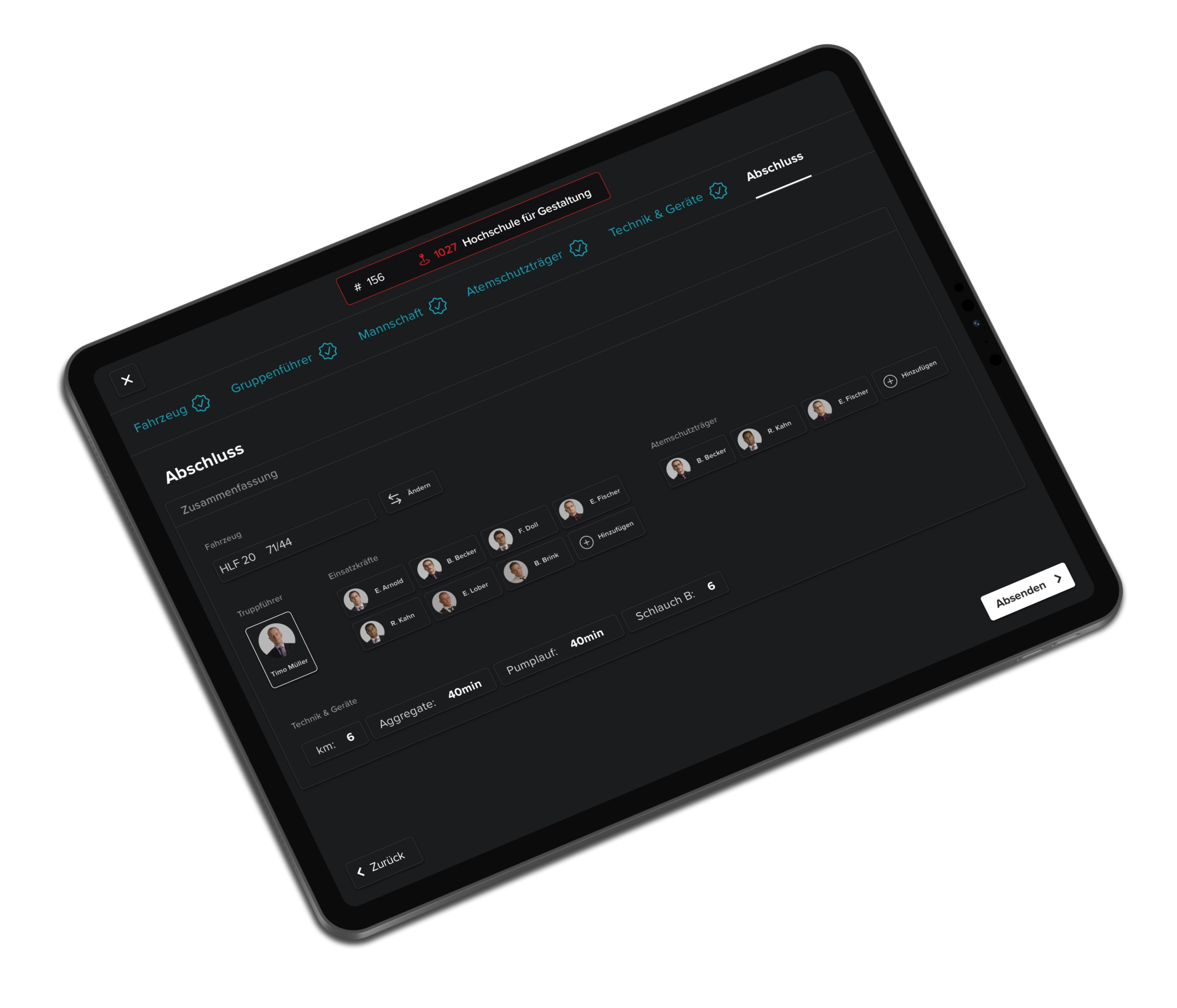
The new digital protocol
The new version is displayed on a tablet that is now in every vehicle. Also here you will be guided through the documentation process step by step. Thanks to the portraits of each firefighter, the group leader can now easily log who was in his team.
© Philipp Henzler 2024
